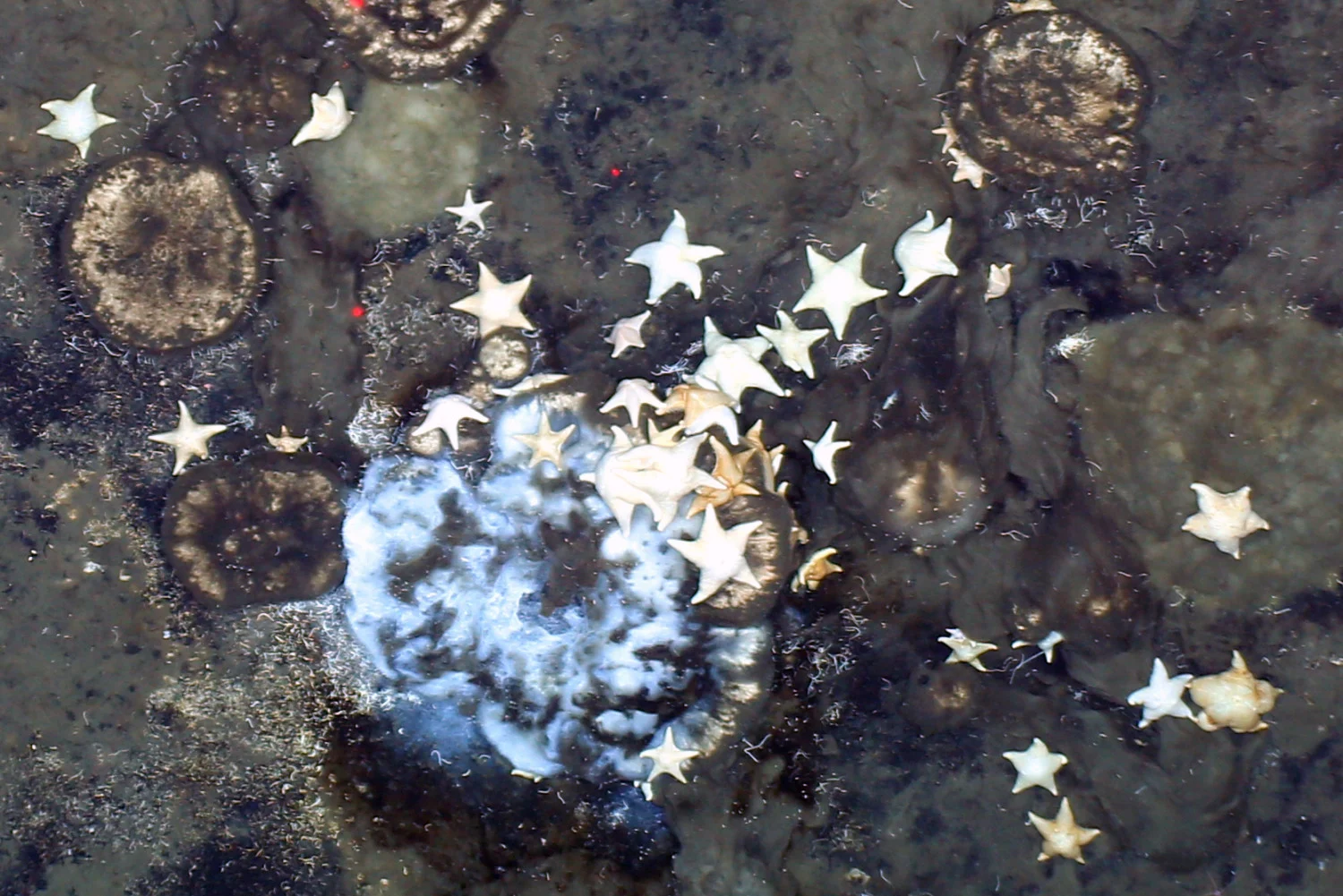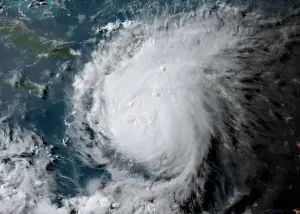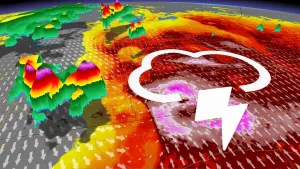
Giant sponge gardens discovered deep in the Arctic Ocean
Many deep-sea ecosystems have yet to be explored, and scientists say that the warming climate could change or even erase these unique ecosystems before they can be studied.
Enormous sponge gardens have been discovered deep in the Arctic Ocean feeding on organisms that died thousands of years ago. This ocean is permanently covered in ice, which blocks sunlight from reaching its depths. This limits the number of plants and animals that can grow on the seafloor, which is why the scientists were so surprised to discover the sprawling sponges.
The scientists’ study, published in Nature Communications, says that this region is a “unique hotspot of life” and that the sponges were “growing in large numbers and to impressive [sizes]” covering an area greater than 15 squared kilometres.

The dense sponge grounds discovered in the Arctic deep sea on the northerly Langseth Ridge seamount structure represent an astonishingly rich ecosystem, demonstrating the ability of sponges and associated microorganisms to exploit a variety of refractory food sources including fossil seep detritus. (Alfred-Wegener-Institut/ PS101 AWI OFOS system)
The sponge gardens are growing along the Langseth Ridge, which is an underwater mountain range with extinct volcanoes near the North Pole. Despite the unique location and frigid conditions, the vastness of the sponge gardens is comparable to those found in shallower areas with higher nutrients and is the most northerly and densest community of Geodia sponges recorded to date.
The researchers say that the sponges act as ecosystem engineers, which means that they influence the community structure by providing a place for other animals to settle on or hide from prey, which creates unique levels of biodiversity. Dense populations of sponges can filter hundreds of litres of water and play an important role in nutrient cycles, such as carbon and silica.

On average, the sponges are 300 years old, many are even older. They accommodate a complex community of microorganisms in a symbiotic relationship, which contributes to the health and nutrition of the sponges. (Alfred-Wegener-Institut/ PS101 AWI OFOS system)
Samples were taken from the sponge gardens so the scientists can learn more about how sponges adapt to extreme environments, especially those with limited nutrients and sunlight exposure.
“Many sponges accommodate a complex community of microorganisms in a symbiotic relationship, which contributes to the health and nutrition of the sponges by producing antibiotics, transferring nutrients and disposing of excretions. This also goes for Geodia sponges, which dominated the community on the Arctic seamounts,” the study’s press release stated.
The scientists say that the Arctic is highly sensitive to changes in the climate, specifically warming atmospheric and oceanic temperatures, and there are many Arctic regions that have yet to be studied.
“With sea-ice cover rapidly declining and the ocean environment changing, a better knowledge of hotspot ecosystems is essential for protecting and managing the unique diversity of these Arctic seas under pressure,” Dr. Antje Boetius, a scientist involved in the study, stated in the press release.
Thumbnail credit: Alfred-Wegener-Institut/ PS101 AWI OFOS system











